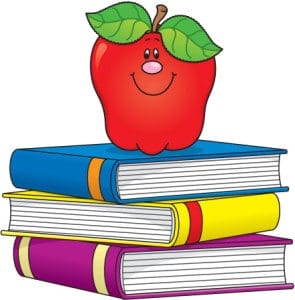Rachel’s Reflections
How Do You Improve Reading with Speech Therapy?
By Rachel Betzen, M.A./ CCC/SLP
 The answer to this question is just as important for speech-language therapists as how we frame our overall message when it comes to our work with reading skills. It is important for speech therapists to highlight how our work is different from general reading instruction or tutoring, and to differentiate ourselves from other education professionals like teachers and tutors.
The answer to this question is just as important for speech-language therapists as how we frame our overall message when it comes to our work with reading skills. It is important for speech therapists to highlight how our work is different from general reading instruction or tutoring, and to differentiate ourselves from other education professionals like teachers and tutors.
First, we need to help parents understand the hierarchy of language development. A child’s speech and language skills form the foundation for the development of reading and writing. When children have weaknesses or gaps with their speech and language, this will affect their reading and writing.
I explain to parents that language is a system of symbols, and reading is another system of symbols imposed upon oral language, with letters that make specific sounds that we blend into words, including the sight words that must be memorized.
Writing requires manipulation of this system of symbols, along with necessary writing conventions such as punctuation, all while the child tries to remember and put on paper their intended message.
While teaching or tutoring provides the child with more information and practice, a significant distinction with therapy, is that we seek to change the way a child processes language – both oral and written.
We do this by helping the child recognize patterns, whether they are improving sentence comprehension and production, or addressing speech sound errors. This process is just as important and relevant for oral language as it is for written language.
It is so vital to the work we do, that the American Speech-Language-Hearing Association includes all forms of reading and written language within their Scope of Practice for Speech-Language Pathology document – including pre-literacy skills.
Children that struggle to decode strongly benefit from multi-sensory instruction. In fact, this is so well recognized that all reading programs for students with dyslexia include multi-sensory components.
The main decoding program we use teaches students to process language based first on what they feel in their mouth, then by what they see, and last by what they hear. This same hierarchy is present with the Speech Cue Card system, which I developed.
Improving listening and reading comprehension follows a similar hierarchy, with the additional component of visual imagery. Focusing on what the child visualizes and is able to describe, lays the foundation for changing the way that child processes connected language.
We use the same strategies for language comprehension and reading comprehension, and expect the child to describe their mental imagery for what they read, and then summarize in past tense.
By being specific about how our scope of practice includes the context of reading, and how we at Dallas Reading and Language Services address reading and writing as part of a child’s therapy, we can gain new advocates for children’s literacy and help more children than ever.
Rachel Betzen, M.A., CCC/SLP, is a licensed speech-language therapist and is the founder and owner of Dallas Reading and Language Services.
